Sedum rupestre Angelina
A high-color, low-maintenance perennial ground cover.
Rated 0 out of 5
0 customer reviews
4,90 €
Only 32 item(s) left in stock!
SKU: pda250
Category: Balcony-Friendly, Bees and Butterflies, Evergreen, Frost Hardy, Ground Cover, Make it Pop

Sedum rupestre Angelina
4,90 €
Only 32 item(s) left in stock!
Sedum rupestre Angelina is a low-growing, evergreen succulent in the Crassulaceae family, celebrated for its vibrant golden to chartreuse needle-like foliage.
This mat-forming cultivar of Sedum rupestre creates dense, trailing carpets of color, making it an ideal choice for groundcover, rock gardens, green roofs, hanging baskets, and mixed succulent displays.
The cylindrical, linear leaves are a bright yellow in the spring, maturing to yellow-green chartreuse color in the summer with golden-orange and red autumnal tints.
The fast growing, upright stems carry clusters of small, star-shaped yellow flowers in the summer
A great pick for rock gardens, dry borders, and large expanses of ground that need a bit of covering up.
👨🌾GARDENING TIPS👨🌾:
-
- Avoid planting this one in acidic soils – she won’t like it
- Perfect for rock gardens, alpine gardens, container planting, hanging baskets, or mixed succulent displays.
- Combines beautifully with other Sedum species, Sempervivum, and Crassula for textured succulent arrangements.
- Minimal maintenance is required, with occasional pruning to maintain shape and remove spent flower stems
Learn more about caring for your Sedum:
The Tales & The Botany: Sedum rupestre ‘Angelina’
The plant can be seen on ‘green roofs’ or ‘green wall’ systems in Korea where plants are incorporated into the structure of the building, providing habitats for wildlife and innovative insulation solution for humans.
🌸 Floral Morphology: Sedum rupestre Angelina
Sedum rupestre Angelina a low-growing, mat-forming succulent in the Crassulaceae family, with slender, needle-like, bright yellow green leaves arranged along trailing stems.
In summer, the plant produces small, star-shaped, yellow flowers clustered in loose inflorescences (cymes).
Flowers are actinomorphic and hermaphroditic, with five sepals and five petals, and a superior ovary.
The fleshy, water-storing leaves give the plant its resilience under drought and help maintain turgor during dry periods.
🧬 Reproductive Biology
Pollination is primarily entomophilous, attracting bees and other small insects. Sedum propagates easily through leaf cuttings or stem offsets, allowing rapid vegetative reproduction.
Seeds are produced in small capsules but vegetative propagation is far more common in cultivation.
The plant exhibits Crassulacean Acid Metabolism (CAM), opening stomata at night to conserve water while allowing photosynthesis during the day.
🦋 Ecology & Cultivation
Sedum thrive in well-drained, sandy or rocky soils under full sun, although it tolerates light shade.
It is drought-tolerant, frost-sensitive, and well-suited for rock gardens, containers, or as ground cover.
The plant is low-maintenance, requires minimal watering, and benefits from occasional pruning to remove damaged or overgrown stems.
Its vibrant leaf colors and compact growth habit make it popular for ornamental gardening and succulent collections.
Other names:
Orange Stonecrop
Orpin Russe
Orpin Jaune
Origin:
Kamtchatka, Siberia
| Weight | 0,5 kg |
|---|---|
| Flowering | June, July, August |
| Soil | Loam, Dry, Sandy, Well-Draining |
| Exposure | Full Sun |
| Frost Tolerance | -25°C to -30°C |
| Size | 0.2m H x 0.5m W |
Reviews
0
Rated 0 out of 5
0 customer reviews
5
0
4
0
3
0
2
0
1
0
Only logged in customers who have purchased this product may leave a review.
Related Products
Hellebore argutifolius
Winter flowering perennial with marbled blue-green leaves
Winter flowering perennial with marbled blue-green leaves
Rated 0 out of 5
Cerastium tomentosum var. columnae
A grey-green spreading ground cover from the mountains.
A grey-green spreading ground cover from the mountains.
Rated 0 out of 5
Erigeron kavinskianus
A daisy-like carpet of flowers
A daisy-like carpet of flowers
Rated 0 out of 5
Echinacea purpurea
A perennial with purple flowers all summer long
A perennial with purple flowers all summer long
Rated 0 out of 5
Artemisia Valerie Finnis
A semi-evergreen, aromatic variation on the theme of Artemisia.
A semi-evergreen, aromatic variation on the theme of Artemisia.
Rated 0 out of 5
Euphorbia myrsinites
Known for its draping form of silver-gray foliage and radiant blooms.
Known for its draping form of silver-gray foliage and radiant blooms.
Rated 0 out of 5
Euphorbia cyparissias Clarice Howard
A Euphorbia that resembles a soft little cyprus tree
A Euphorbia that resembles a soft little cyprus tree
Rated 0 out of 5
Sedum album
A low, multi-color ground cover.
A low, multi-color ground cover.
Rated 0 out of 5
Stachys byzantina
Silky white-grey leaves and tall striking flowers
Silky white-grey leaves and tall striking flowers
Rated 0 out of 5
Vinca minor
Looping elegance and ability to form a low flowering ground cover
Looping elegance and ability to form a low flowering ground cover
Rated 0 out of 5
Hieracium maculatum Leopard
A native perennial with blue-green leaves and a tall yellow flower
A native perennial with blue-green leaves and a tall yellow flower
Rated 0 out of 5
Delosperma cooperi
A dwarf perennial known for its vermillion colored flowers
A dwarf perennial known for its vermillion colored flowers
Rated 0 out of 5
Kalanchoe daigremontiana
A toothy succulent from Madagascar, known as the Mother of Thousands.
A toothy succulent from Madagascar, known as the Mother of Thousands.
Rated 0 out of 5
Tanacetum densum subsp amani
A shrublet composed of soft, finely divided silvery gray-white leaves.
A shrublet composed of soft, finely divided silvery gray-white leaves.
Rated 0 out of 5
Tradescantia Blushing Bride
Gorgeous blushes of pink and white that appear in the coldest nights.
Gorgeous blushes of pink and white that appear in the coldest nights.
Rated 0 out of 5
Trachelospermum asiaticum ‘Ogon Nishiki’
Jasmine with colorful foliage and lovely white flowers in summer
Jasmine with colorful foliage and lovely white flowers in summer
Rated 0 out of 5
Melissa officinalis
A perennial plant in the mint family that is adored by bees, royal families and tea drinkers.
A perennial plant in the mint family that is adored by bees, royal families and tea drinkers.
Rated 0 out of 5
Mentha x piperita ‘Chartreuse’
A spicy mint, known for its use in the production of liqueurs and herbal teas.
A spicy mint, known for its use in the production of liqueurs and herbal teas.
Rated 0 out of 5
recent view product
Salvia officinalis Purpurea
Known for its striking purple foliage and aromatic properties.
Known for its striking purple foliage and aromatic properties.
Rated 0 out of 5
Aptenia cordifolia Variegata
A succulent plant in the iceplant family with bright carmine flowers.
A succulent plant in the iceplant family with bright carmine flowers.
Rated 0 out of 5
Geranium cinereum ‘Ballerina’
A dwarf hardy geranium with pink flowers from the mountains
A dwarf hardy geranium with pink flowers from the mountains
Rated 0 out of 5
Ballota pseudodictamnus
An unusually soft, grey flowering plant from the mint family.
An unusually soft, grey flowering plant from the mint family.
Rated 0 out of 5
Santolina chamaecyparissus
A fragrant, evergreyshrub with little yellow button flowers in summer
A fragrant, evergreyshrub with little yellow button flowers in summer
Rated 0 out of 5



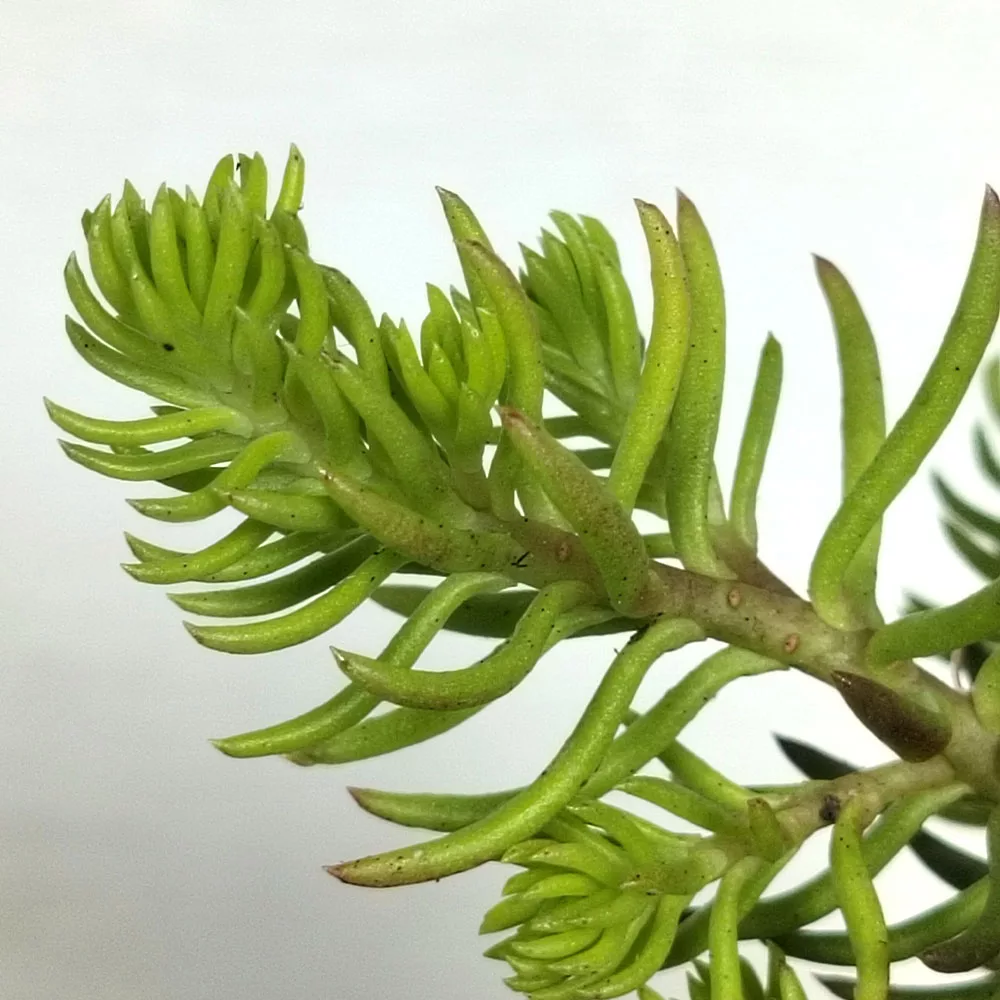
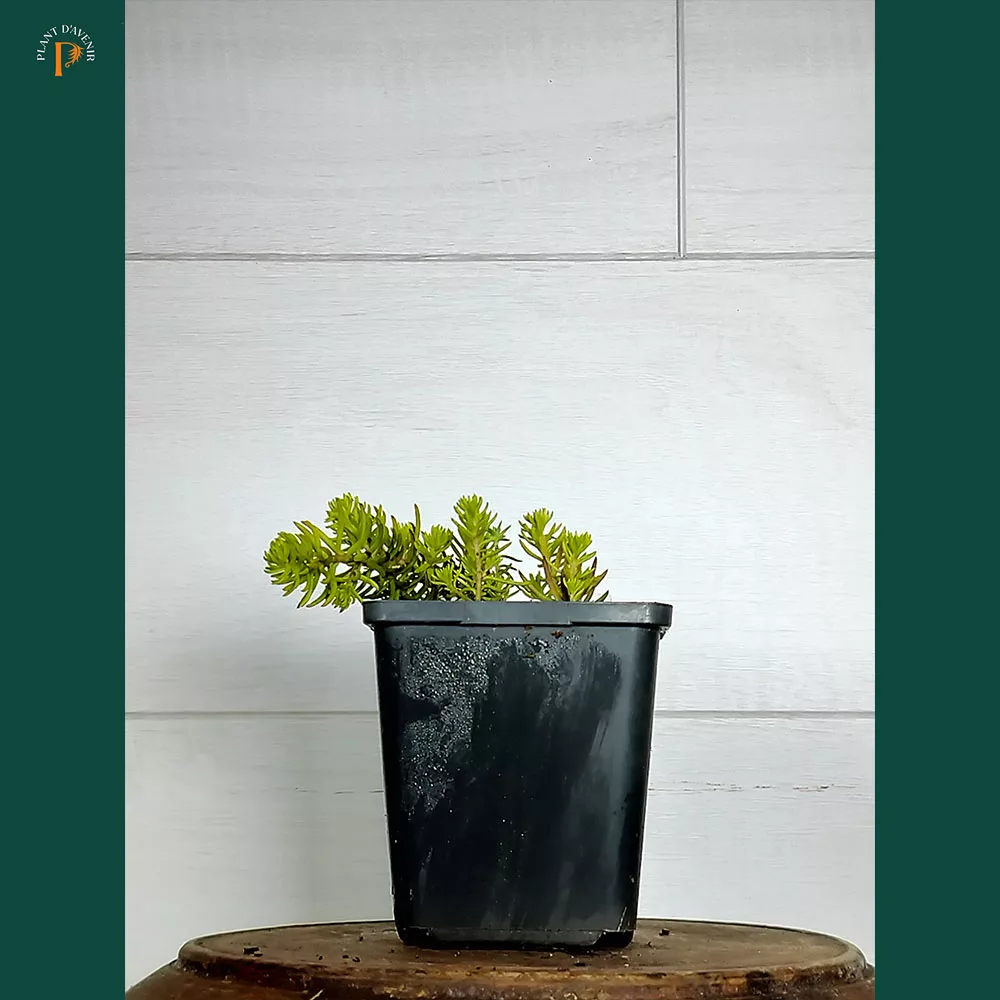
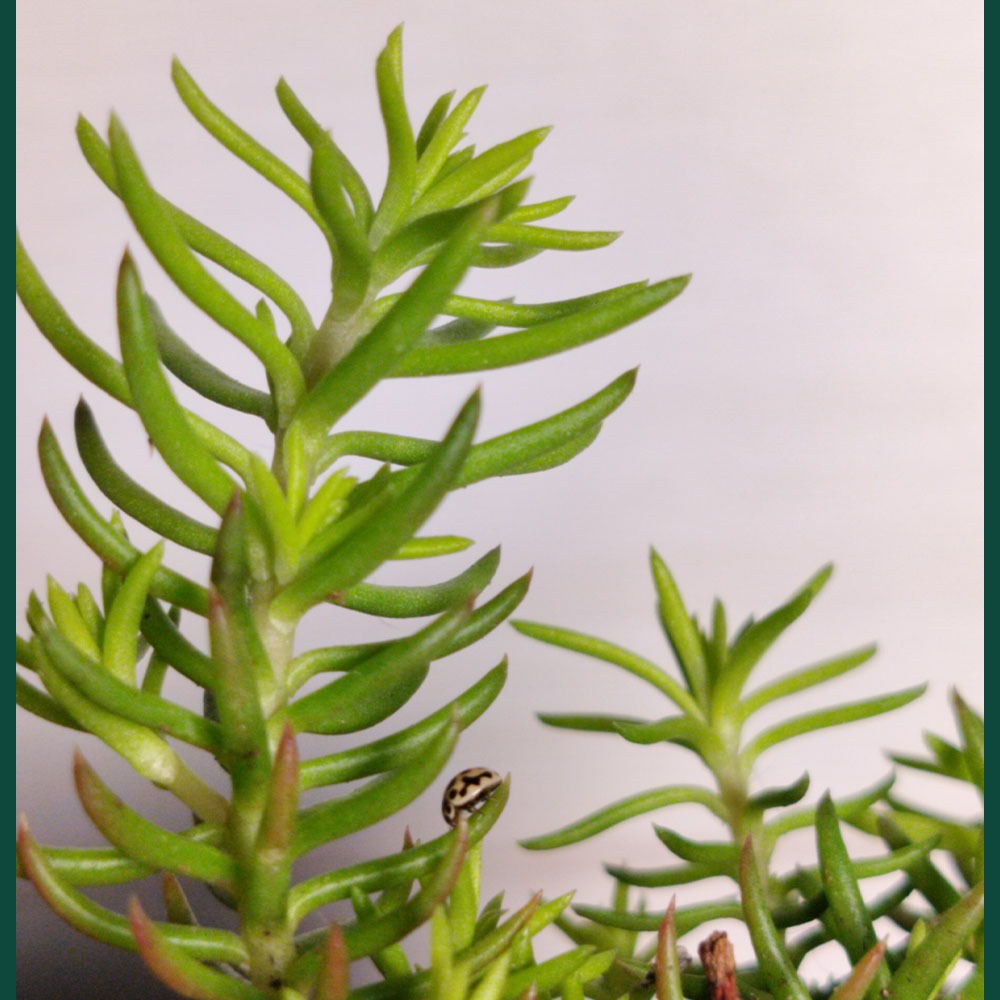
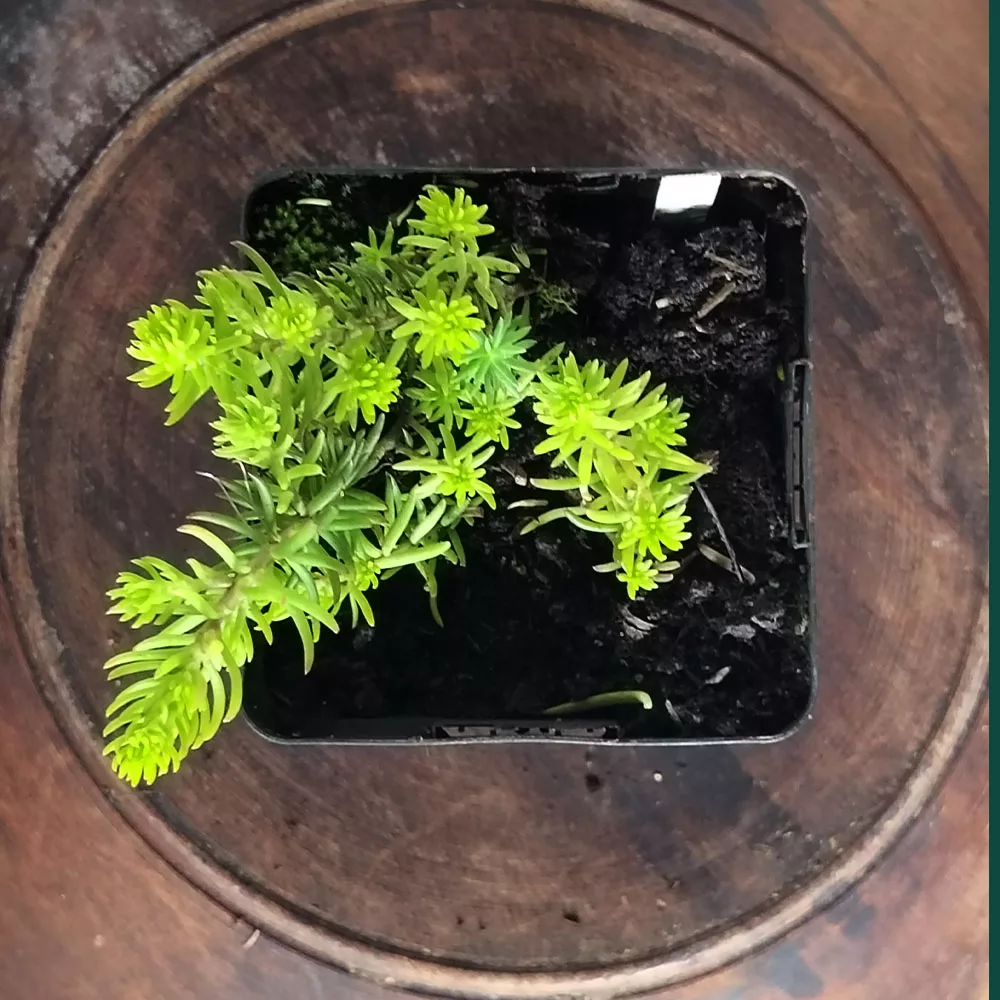
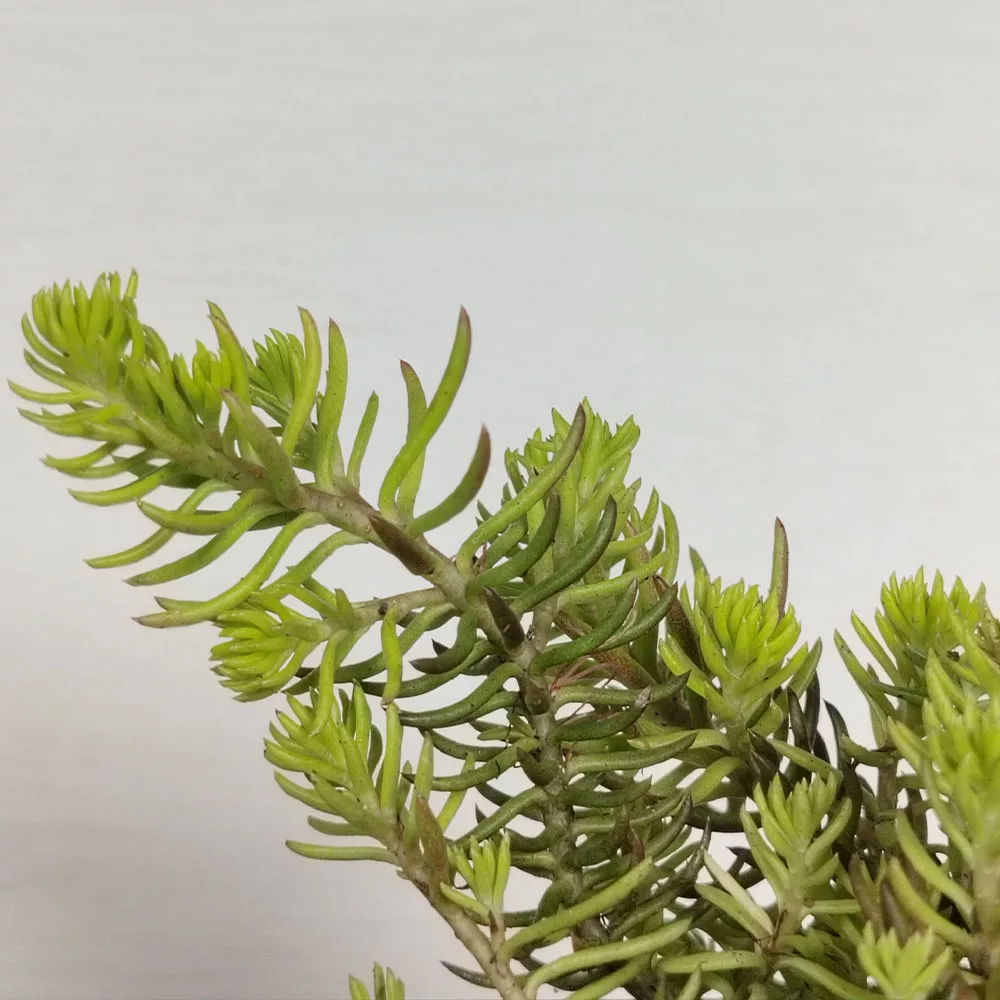

















































There are no reviews yet.